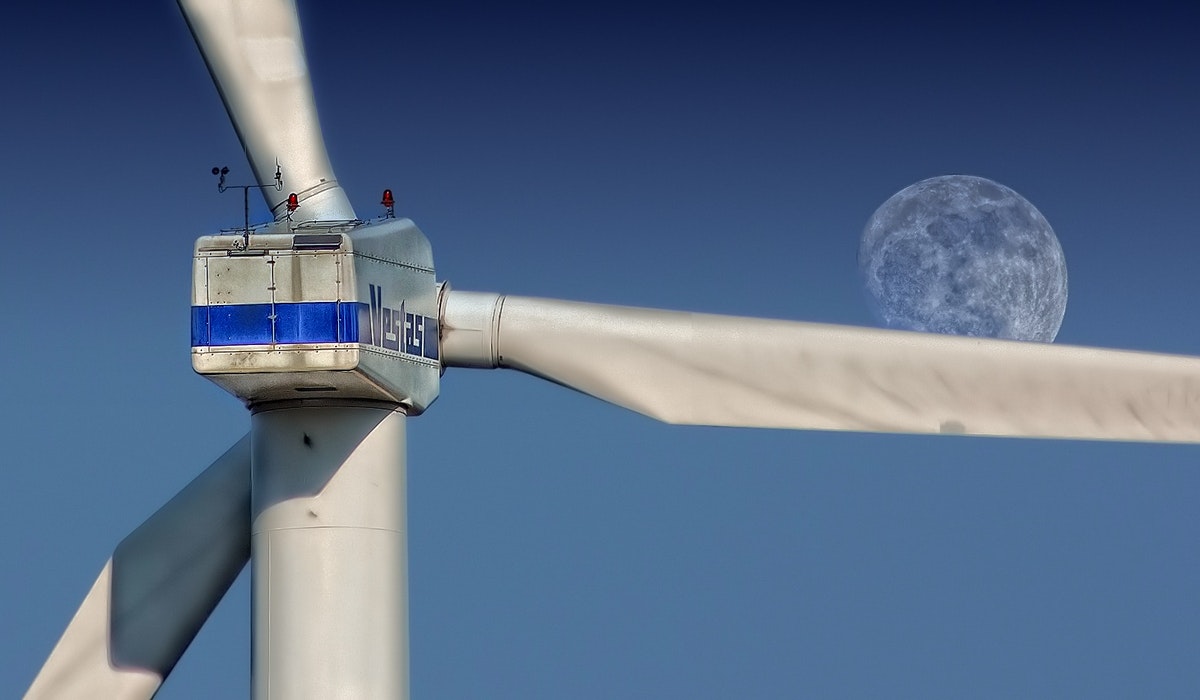How do we limit waste of the wind turbines and the materials used to make them? Here is one invention to recycle old blades, and another to make them more sustainable for the future.
About 85% of turbine materials like steel, copper and electronics can be recycled, but the blades themselves are harder to recycle when reaching the end of their 25-year lifecycle.
As the energy transition keeps accelerating,
wind power is projected to continue its role as one of the fastest-growing
sources of energy — reaching 65GW of added capacity in 2020 with
projections for 100GW of yearly deployment by 2025, according to the
International Energy Agency.
But as wind turbines increase in both numbers and size to meet global
clean-energy demand, another environmental question emerges: How do we limit
waste of the wind turbines and the materials used to make them?
About 85% of turbine materials like steel, copper and electronics can be
recycled, but the blades themselves — massive 40 to 90-meter structures
made from glass or carbon-fibre reinforced composites — are harder to
recycle when reaching the end of their 25-year lifecycle, and either end up at
waste centers or as landfill.
Today, as wind turbines for the next quarter-century are being manufactured
around the world, here is one invention to recycle old blades, and another to
make more sustainable ones for the future:
Chemcycling
A Danish industry-academia
coalition spearheaded by turbine company Vestas has developed a new recycling method for the thermoset
composites of turbine blades.
- Vestas’ two-step process involves
the separation of fibre and epoxy — the main composites that achieves the
low weight and high strength of turbine blades — followed by a novel
method called “chemcycling” that further breaks down the epoxy into base
components that can be used in the manufacture of new turbine blades.
- When fully developed, the
innovative process may also have an impact for other industries that rely on
thermoset composite in production, such as automotive and aviation.
- The project aims to develop the
technology for industrial scale production within three years.
Zero-waste
blades
Further south, a cross-sector consortium
including ENGIE and French research center IRT Jules Verne has launched a
project to manufacture the wind industry’s first 100% recyclable turbine blade.
- The ZEBRA consortium, also
involving wind-energy leaders Arkema, CANOE, LM Wind Power, Owens Corning and
Suez, seeks to demonstrate the technical, economic and environmental relevance
of a thermoplastic product.
- The goal is an end-to-end
sustainable solution for the full value chain, where automated manufacturing
will reduce energy consumption and waste, and new recycling methods will be
used to turn the prototype blades into new products.
- A life cycle analysis will assess
the environmental and economic viability of thermoplastic material in future
wind turbine blades.
- The project, an ENGIE Innovation
Trophies 2020 winner, has been launched for a period of 42 months with a budget
of €18.5 million.

